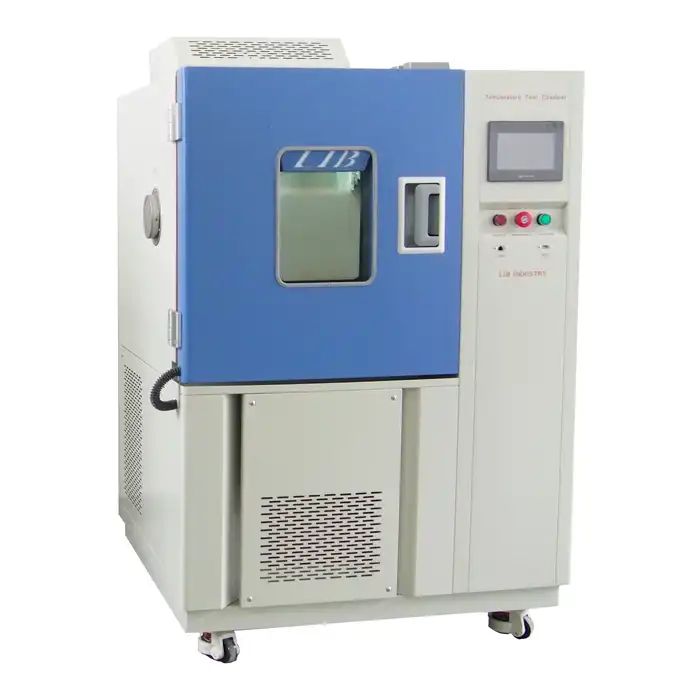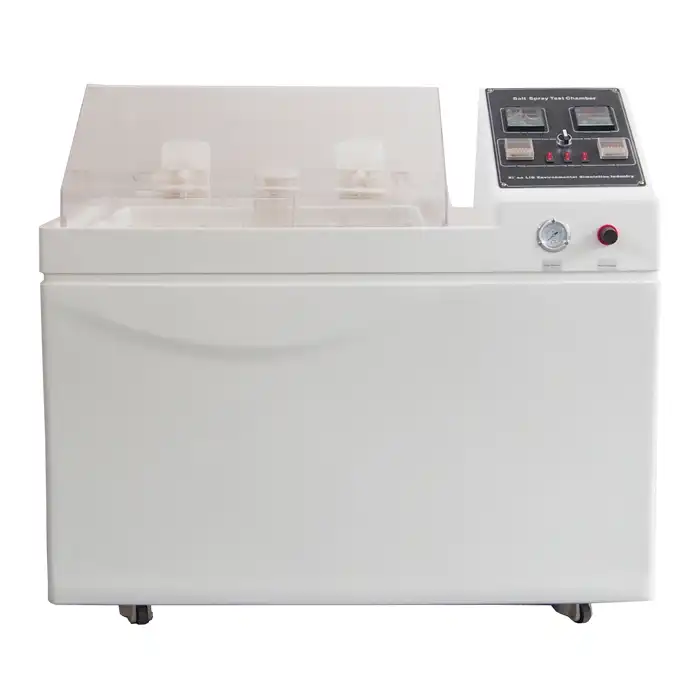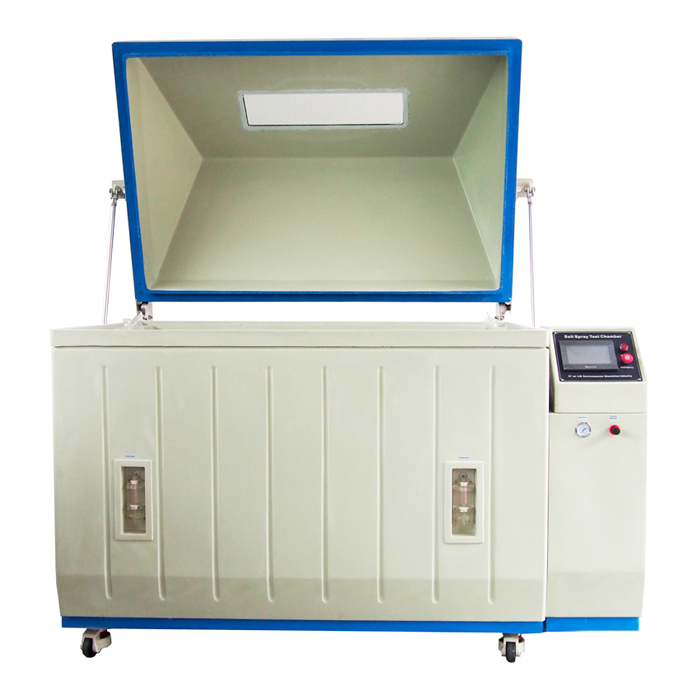The Role of Dust Ingress Test Chambers in IP Testing Standards
Dust ingress test chambers play a crucial role in product development, especially when it comes to validating protection against external elements. One such critical testing process is dust ingress testing, which ensures that products meet IP (Ingress Protection) standards.
Introduction to IP Testing Standards
IP testing standards, established by the International Electrotechnical Commission (IEC), are essential for evaluating a product's resistance to dust, water, and other environmental factors. These standards help manufacturers classify products based on their durability in challenging conditions.
Why Dust Ingress Testing Is Essential for Product Certification and Market Access?
Dust ingress testing is a vital process for industries producing electronic devices, automotive components, and outdoor equipment. These products must undergo rigorous testing to ensure they can withstand exposure to dust and other particulate matter. This is where the dust ingress test chamber comes into play.
Without proper dust ingress testing, products may fail to gain the necessary certification for market access. For example, electronic devices exposed to dust could malfunction, leading to costly recalls or damage to brand reputation. Compliance with IP standards, particularly IP5X and IP6X, ensures that products are dust-resistant or fully dustproof, depending on the level of protection required.
Manufacturers aiming to meet international standards recognize that dust ingress testing is key to product certification. Passing these tests not only proves a product's resilience but also opens doors to global markets where compliance with IP standards is often mandatory.
How Dust Ingress Test Chambers Support Compliance with IP Standards?
Dust ingress test chambers are specifically designed to simulate the harsh conditions outlined in IP standards. These chambers test a product's ability to resist dust particles by creating controlled environments where products are exposed to fine powders or silica dust under specific conditions.
For instance, an IP6X test, which signifies full protection against dust ingress, requires the product to be placed in a dust ingress test chamber where it is subjected to a continuous flow of fine dust particles for a set period. The chamber's controlled environment ensures that the test replicates real-world exposure scenarios, allowing manufacturers to confirm whether their products meet the required standards.
Data from these tests provide manufacturers with concrete evidence of their product's durability. For example, a study showed that products tested in dust ingress chambers had a significantly higher market approval rate, with over 90% passing IP certification on the first attempt.
The Technology Behind Dust Ingress Test Chambers: Precision in IP Testing
The precision of dust ingress test chambers is crucial to ensuring accurate and reliable results. These chambers are equipped with advanced technology to control variables such as dust particle size, airflow velocity, and chamber pressure, simulating real-world dust exposure conditions.
One of the key technologies in dust ingress test chambers is the ability to control airflow. Proper airflow distribution ensures that all parts of the product are equally exposed to dust particles, preventing uneven testing. Additionally, these chambers use specially designed nozzles to distribute fine dust particles uniformly, mimicking the kinds of environmental conditions products will face in the field.
Another feature that enhances the accuracy of these test chambers is their ability to maintain a consistent internal environment. This ensures that the testing process remains stable over extended periods, producing reliable data. The technology behind modern dust ingress test chambers allows manufacturers to fine-tune testing conditions, ensuring that products meet the exact requirements of IP5X or IP6X standards.
LIB Dust Ingress Test Chamber
LIB Industry's dust ingress test chambers are designed to meet and exceed the requirements of IP testing standards. Our chambers offer several advantages, making them the ideal choice for manufacturers seeking reliable, high-quality testing solutions.
One of the key strengths of LIB's dust ingress test chamber is its precise control over test variables. Our chambers are engineered to simulate both IP5X (protection against dust ingress) and IP6X (complete dust protection) standards, guaranteeing that products are exposed to the required dust conditions. Additionally, LIB chambers feature a fully automated testing process, reducing the chance of human error and ensuring consistent, reliable results.
LIB's dust ingress test chambers also boast a large testing capacity, allowing manufacturers to test multiple products simultaneously. This increases efficiency and reduces time-to-market for newly developed products. Furthermore, our chambers are constructed with durable materials, ensuring long-term usability and low maintenance costs.
For manufacturers looking for a turnkey solution, LIB Industry delivers everything from design and production to installation and training. Our team of experts is dedicated to helping you meet IP testing requirements while ensuring your products are durable and market-ready. Interested in learning more about the dust ingress test chamber? Contact us at ellen@lib-industry.com for additional information.
References
1. IEC 60529: Degrees of Protection Provided by Enclosures (IP Code).
2. Research on Electronic Device Failures Due to Dust Ingress in Harsh Environments.
3. IP Testing Standards in the Global Market: A Comparative Study.
4. The Role of Environmental Test Chambers in Product Certification.



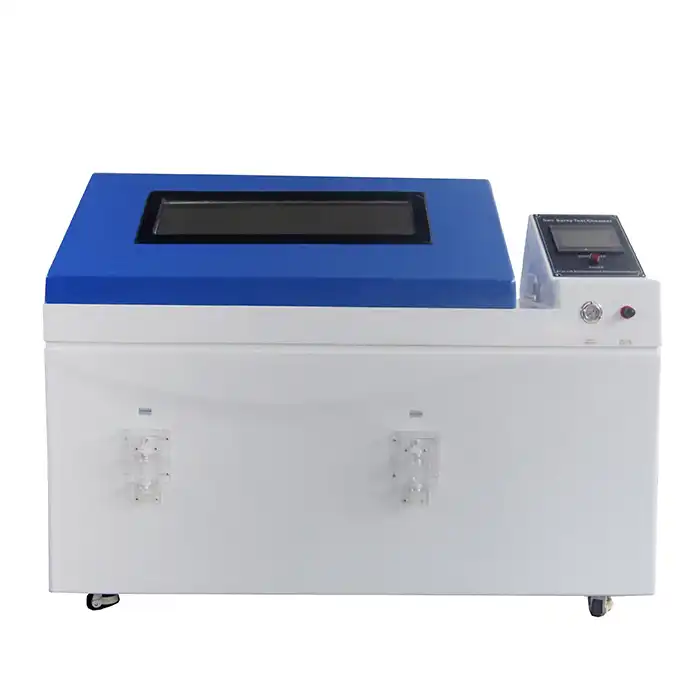
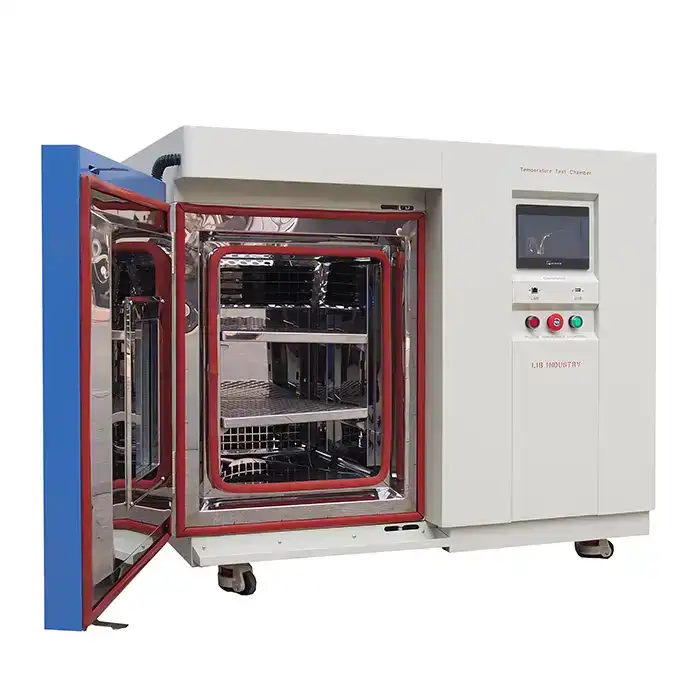
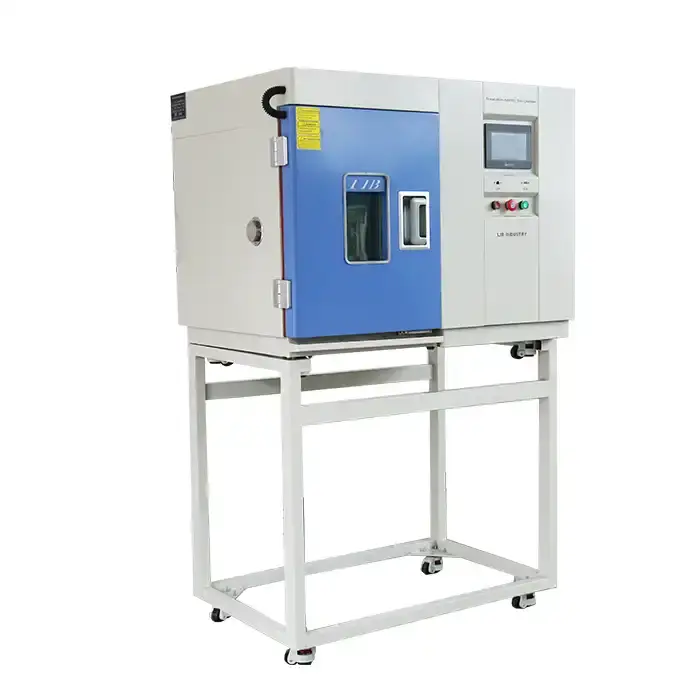
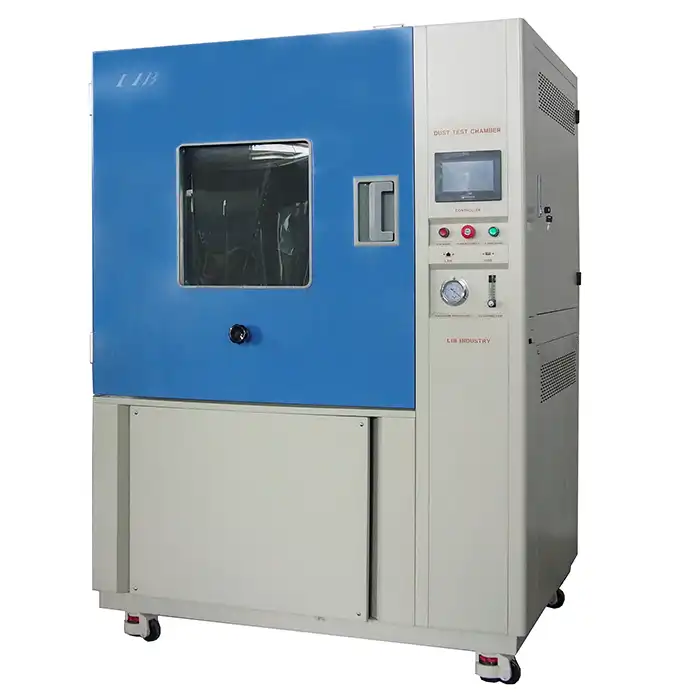
.webp)
